Lives Less Ordinary explores the nuances of working class life

Photography: Richard Eaton
The London exhibition features works by Jasleen Kaur, Corbin Shaw and Roman Manfredi.
Culture
Words: Tiffany Lai
Two Temple Place is rammed. Arriving on a Tuesday morning, visitors are met with a queue that snakes down a gravel path leading up to the historic, ornate building in central London. Everyone is here to see Lives Less Ordinary, a two-floored exhibition that explores the often overlooked talent of working class artists in the UK.
Rarely does a show draw in a crowd like this outside of opening night, especially at 11am on a weekday, just minutes after doors have opened. Lives Less Ordinary has already been on for three weeks. Inside, the gallery is bustling with art school students mooching around and a school group of six-year-olds in purple jumpers sat on the wooden floor.
Gathered in a semicircle they listen, rapt, to a tour guide who’s gesturing to artist Kelly O’Brien’s Cleaner No.1 (from No Rest for the Wicked) from 2023, a curtain of fabric printed with an image a cleaner wearing pink Marigolds, holding a mop in front of her face. “Cleaners do so much for us, don’t they?” the tour guide says. Furious nodding from the crowd. “But they might not always get the recognition they deserve. And what do you think happens when they come home from work?”
Hands shoot up excitedly before a little boy with brown curly hair is chosen: “Then she probably has to go home and clean more!” he exclaims, exasperated for on cleaner in question’s behalf.
Like much of her other work, O’Brien’s Cleaner No.1… was inspired by generations of working class women in her family who are as, as she writes in the exhibition text, “intergenerationally absolutely knackered”. The piece is featured in the exhibition’s family section, which explores the home lives of working class families, away from the historically judgemental, stereotypical lens of mainstream media.
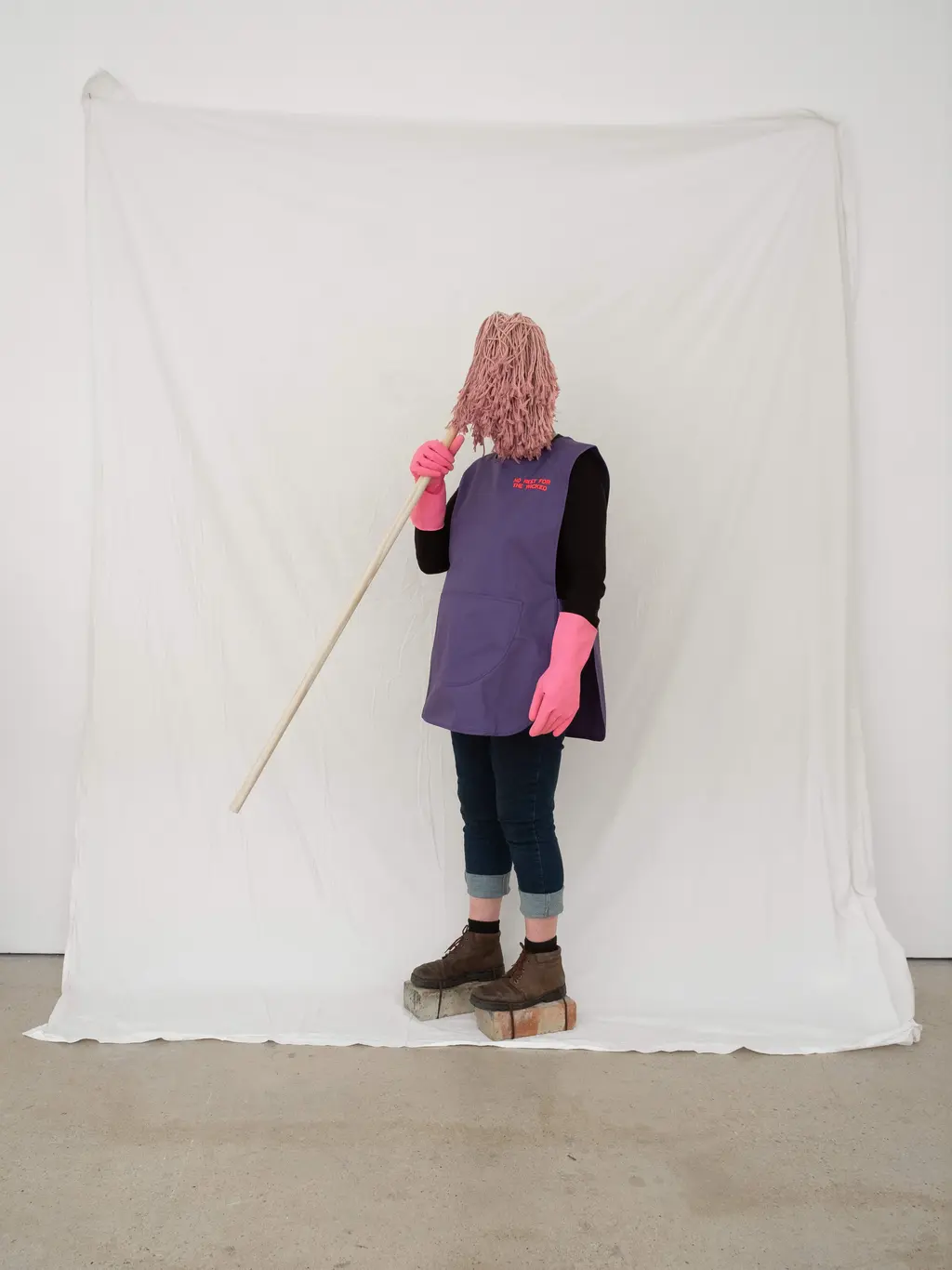
Kelly O’Brien, Cleaner No.1 (from No Rest for the Wicked), 2022-ongoing, Photograph © The Artist
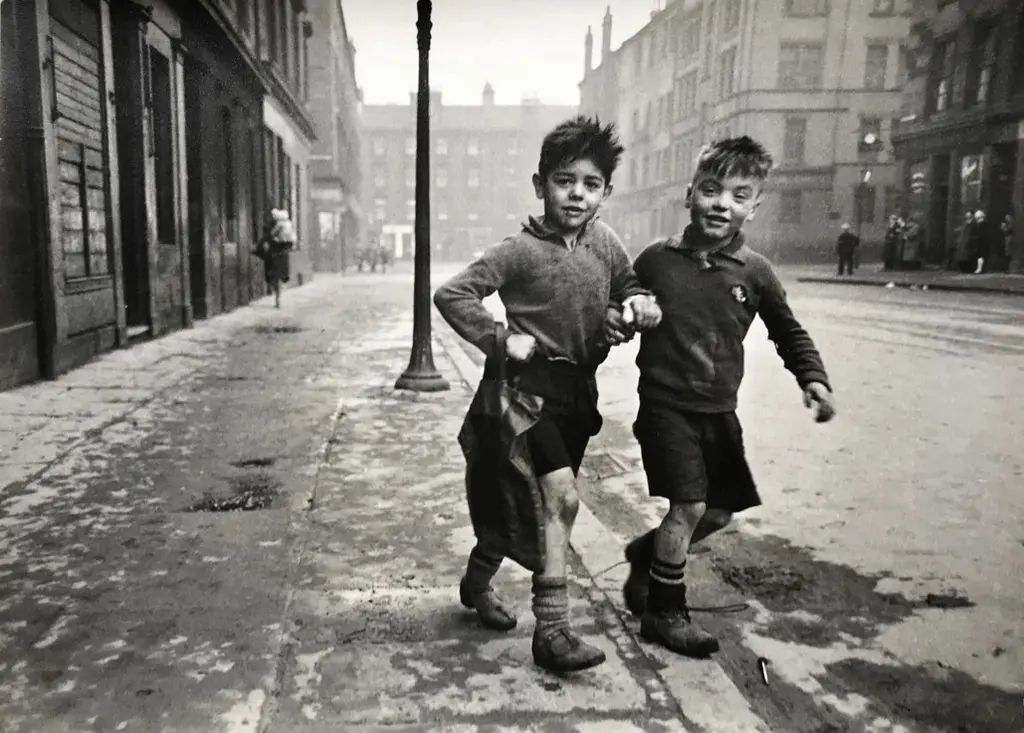
Bert Hardy, CHILDREN OF THE GORBALS (GORBAL BOYS), 1948
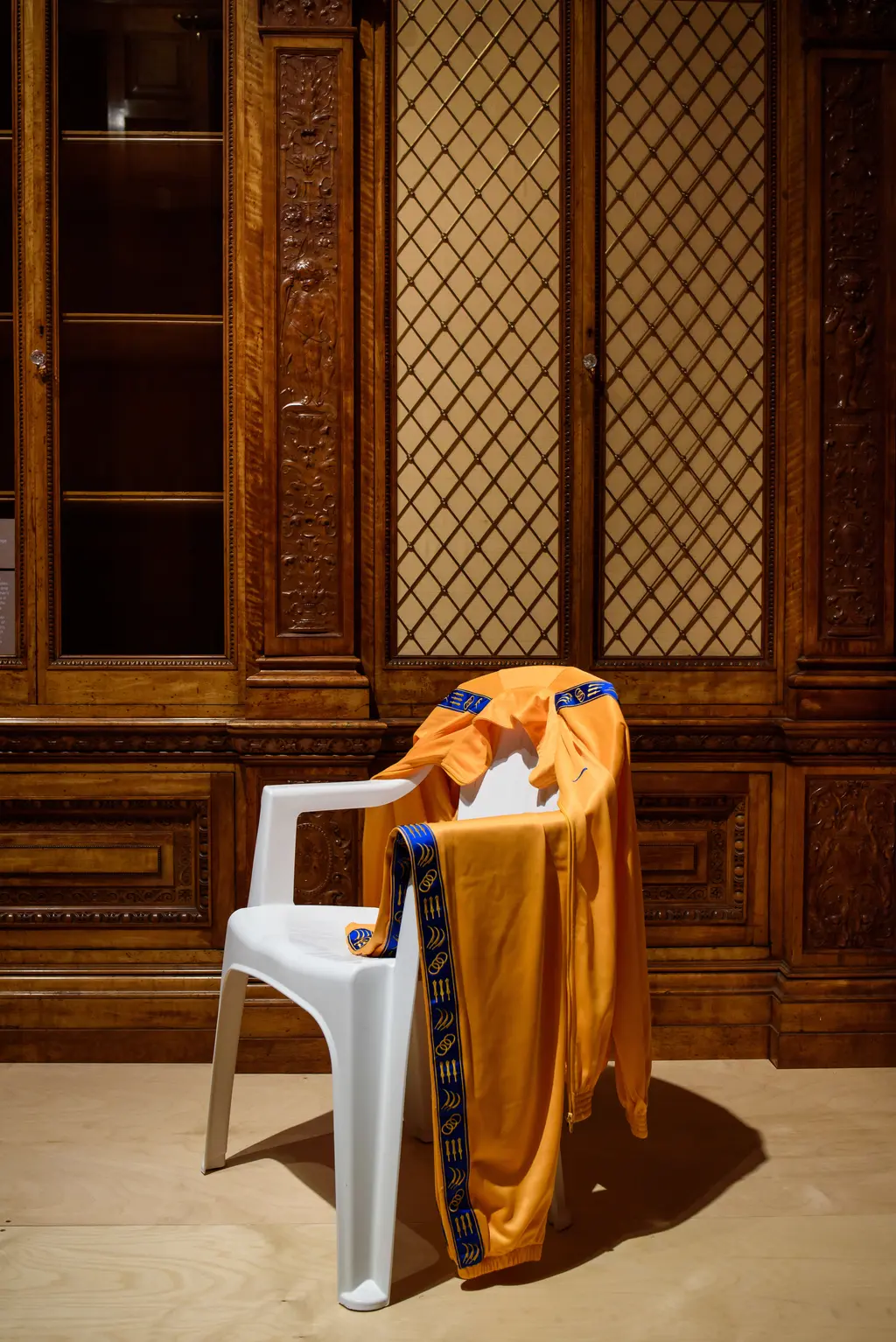
Photography: Richard Eaton
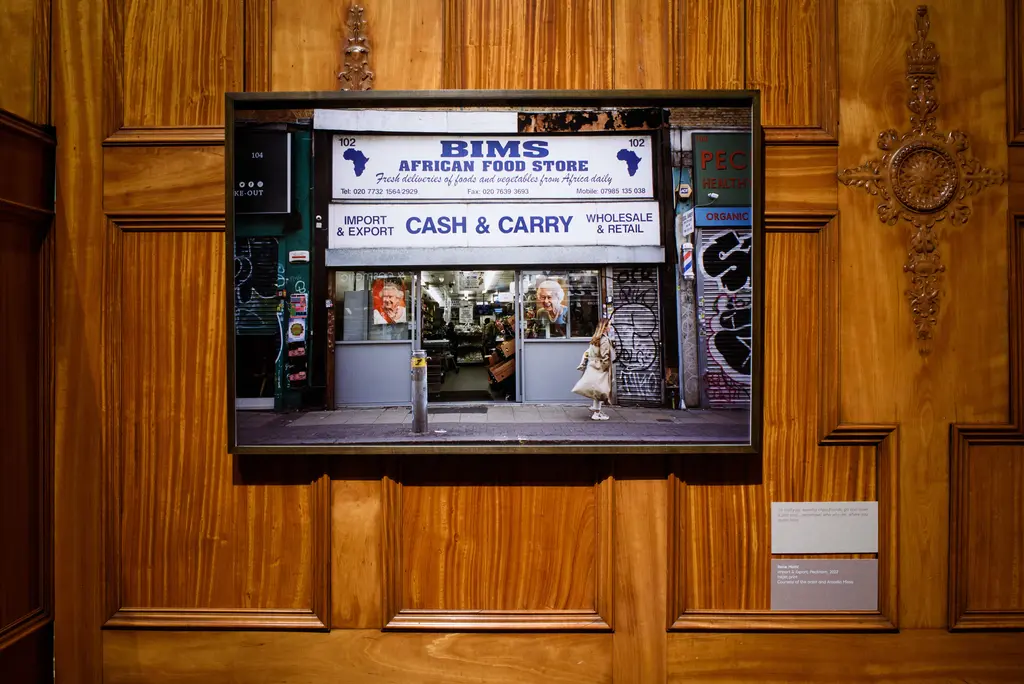
Photography: Richard Eaton
Chris Killip’s images are some of the first ones on display as you enter the exhibition. Born in the Isle of Man, Killip moved to a caravan in Lynemouth, Northumberland, in 1983, to photograph a community harvesting waste coal that had washed up on British beaches. Killip shot these workers both at home and at work – the former, often of playing children and affectionate parents, were largely ignored by newspapers at the time. Instead, they honed in on the more dramatic images of sea-coalers fighting the elements, using them to illustrate the nation’s rising poverty levels.
The exhibition of over 150 works is curated by Samantha Manton. She was inspired by a lifelong frustration with the portrayal of working class lives as “passive subjects defined by crisis, poverty, or the workplace, rather than active agents in their own lives” throughout art history. Seeking to instead show working class life with more nuance, Lives Less Ordinary features pieces from artists such as ’40s-era photographer Bert Hardy, all the way up Turner Prize-winning artist Jasleen Kaur and FACE friend Corbin Shaw, who contributed Soften Up Hard Lad (2019), a red and white England flag embroidered with the work’s title.
“I made it as kind of a message to my dad, because my dad used to basically police my behaviour,” Corbin says. In the distance, the sound of schoolkids grows louder as they climb the staircase to the section on identity, where we’re standing. “I’m always interested in how do I find myself now that I don’t live in Sheffield anymore? I don’t really live in a working class community. I’m an artist and I have to negotiate between these two worlds.”
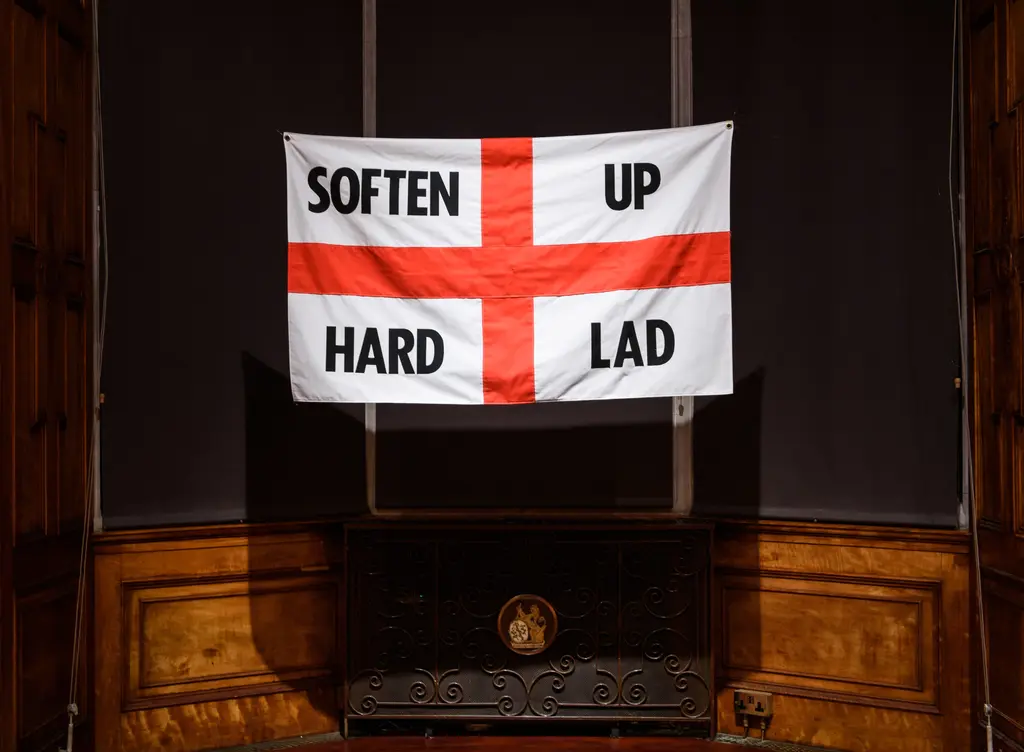
Photography: Richard Eaton

Photography: Richard Eaton
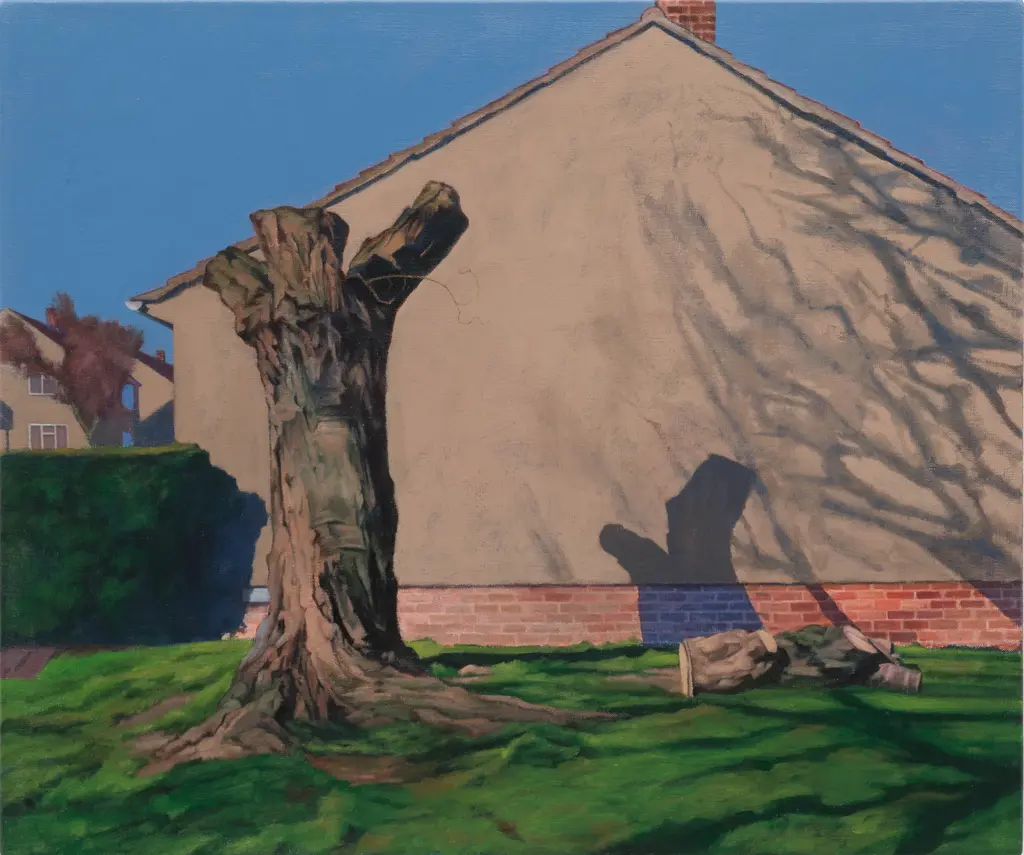
George Shaw, Another Minutes Silence, 2017, Humbrol enamel on canvas
The flag explores three of the core aspects of the Sheffield artist’s work: his national identity, his regional identity and his place in the world as a white working class man. “When I got to Central Saint Martin’s, I started reflecting a lot on growing up in Sheffield and my normal,” he says. “Everybody around my area kind of lived similar lives, but when I got to London, people had been all over the world and seen all these things who were from different class backgrounds. I was like, oh, wow, I can make work about my life and my dad and about masculinity getting passed down from generation to generation. I was the first man to go to art school in my family, everybody else were labourers.”
Outside, hanging on the wood-panelled walls of the exhibition’s central atrium is the intimate work of Roman Manfredi, a British-Italian photographer who, until six years ago, had worked manual labour jobs all their life. “The narrative around class and photography in the UK is predominantly from a heterosexual, English viewpoint,” they explain. “I wanted my work to address conversations around class as well as race and sexuality. I did that by making sure I had an even mix of butches, studs and other non-white backgrounds.”
Their photographs are portraits of working class butches and studs in locations that are significant to the subjects. Take Khi, an older stud photographed Manfredi shot in Brixton, wearing a striped zip-up top and flatcap. “Khi has a history of working with trade unions and is the co-founder of UK Black Pride,” Manfredi says. “The first time I met and interviewed her, we talked for hours about our shared love of masculine clothing. She talked about how her style was inspired by Jamaican men and her music from following the sound systems in Brixton. So when she turned up for the photoshoot wearing a Gabicci and a pair of Clarks, I was well chuffed.”
In the image, Khi stands in front of a row of terraced housing, a choice that Manfredi says is deliberate. “I wanted the context to very obviously be the UK, because if you Google ‘butch’ and ‘stud’, you will predominantly get people from the US. Of course, this is where the terminology originates but I wanted to put us on the map. Now if you Google ‘butch’ and ‘stud’, my work comes up as well.”
Like many of the artists in Lives Less Ordinary, Manfredi adds another layer to the diverse voices on display. Rather than a single, unified portrayal of working-class life, the exhibition pushes back against the dominant narrative that has long shaped perceptions in the UK by embracing complexity and nuance. As curator Samantha Manton says, “the power of bringing them together in an exhibition that challenges narrow perceptions of working-class life lies not in their unity, but in their divergences.”








